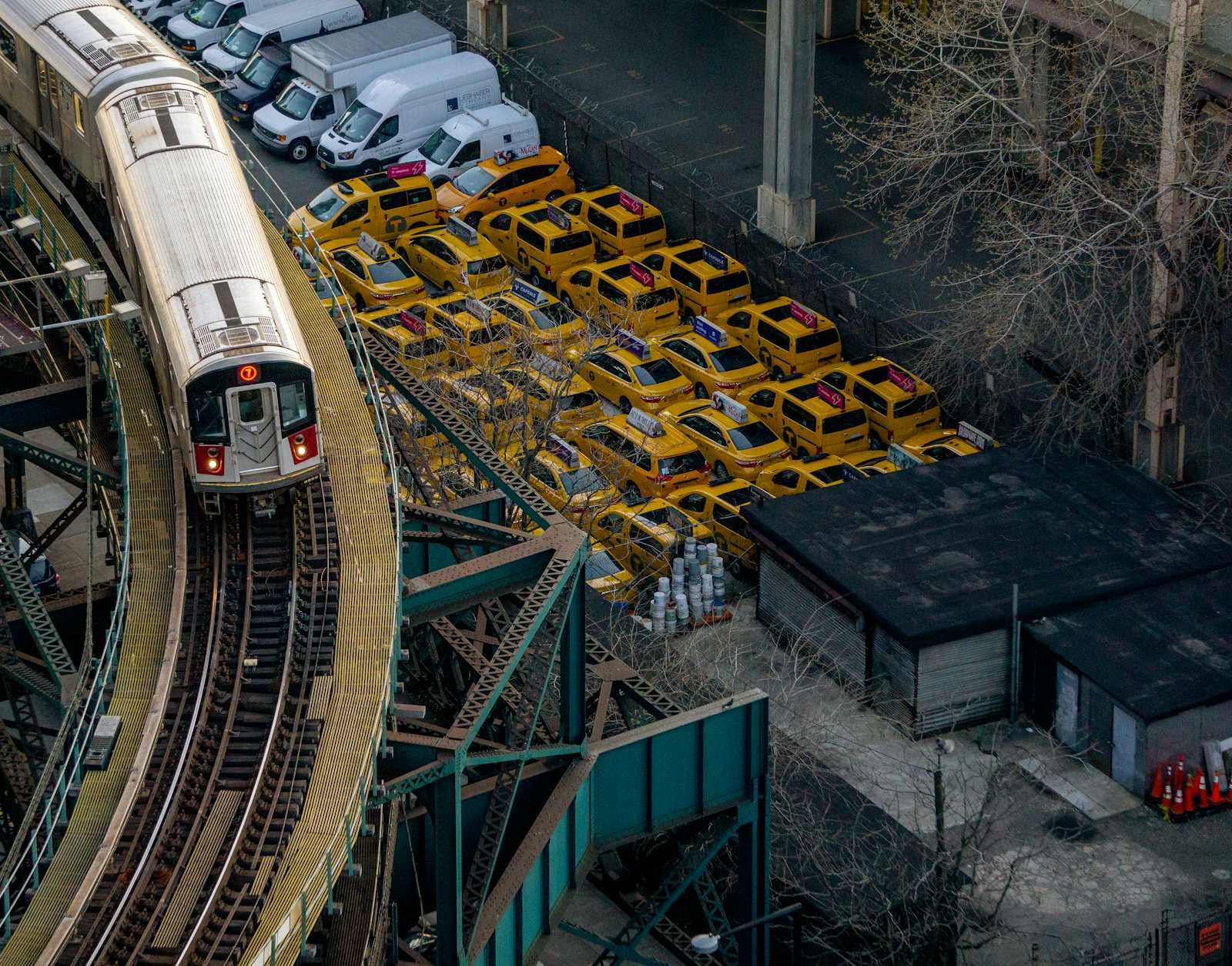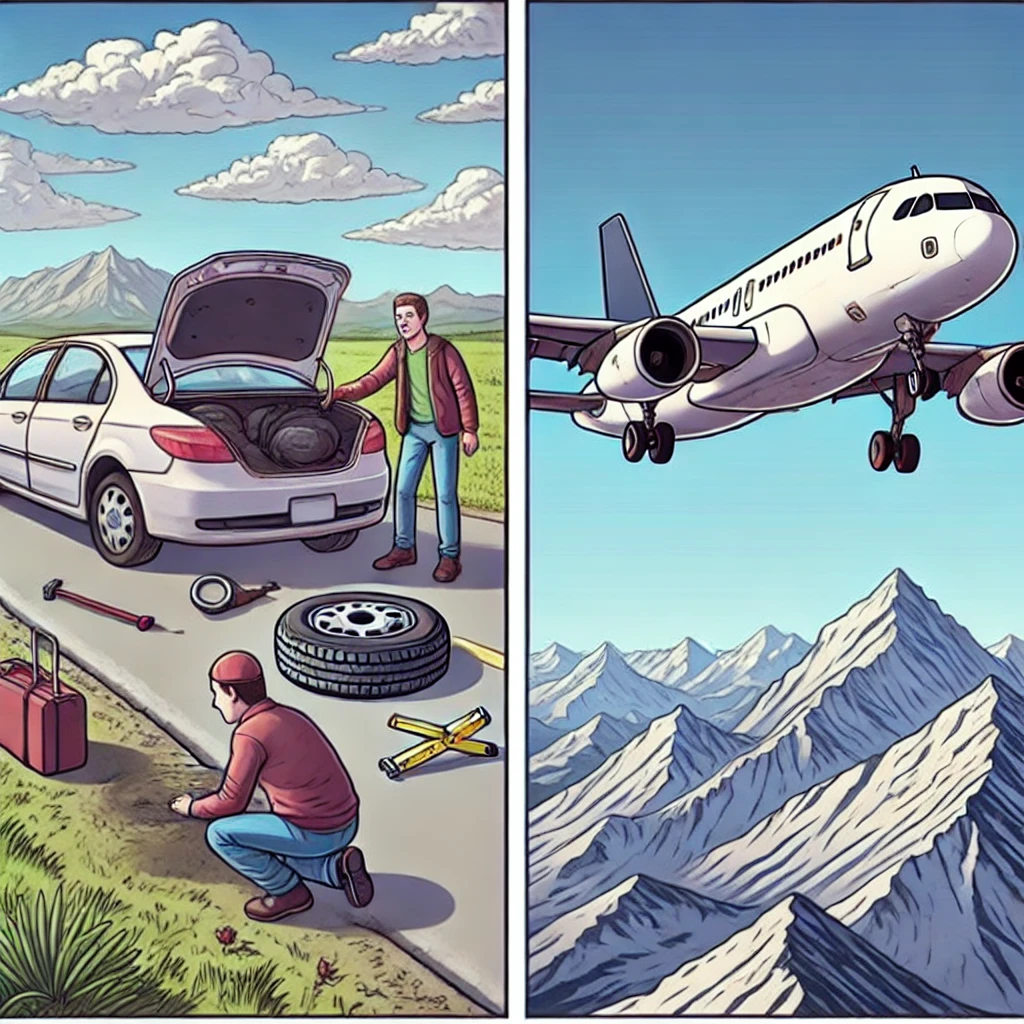Availability and Fault Tolerance: Because In Relationships (And Systems), You Want Both!
 Charles Opute Odili
Charles Opute Odili
In the world of computer systems, much like in relationships, reliability is everything. Nobody likes a system that flakes out on them, and we definitely don’t want systems that completely crash when things go wrong.
Enter availability and fault tolerance—the two superheroes of resilient system design. While both share the goal of ensuring that systems keep running, they take different approaches. In this article, we’ll explore these concepts using a few cool analogies (like cars and airplanes) and see why you need both to achieve better resilience.

Availability: Because nobody likes a system that flakes on the first date
When we talk about availability, we're talking about how much time a system is operational and able to handle requests. It's like having a car 🚗 with a spare tire in the trunk—you're ready if something goes wrong, but how fast you can get back on the road depends on your preparation.
Let’s say you’re driving through the Rockies on a road trip to Banff or Jasper, and suddenly, bam—a flat tire! Now, the car has availability, because you’ve got that spare. But how quickly you can get back on the road depends on the situation. Do you have a jack? Is it working properly? Are you prepared to change the tire, or did you call roadside assistance that’s hours away? In other words, availability is about minimizing downtime. Even with a backup plan, there’s some disruption as you work to get back on track.
In computer systems, high availability (HA) works similarly. Systems designed for high availability rely on backup components or failover mechanisms that kick in when something goes wrong, ensuring the system can quickly recover. However, there’s always a small hiccup as the switch happens, and that’s key—it’s about minimizing downtime, not necessarily completely eliminating it.

Fault Tolerance: When your system says, “It’s not you, it’s me… but we’re still good!”
Now, let’s hop on an airplane ✈️. Unlike a car, where a flat tire can stop you temporarily, airplanes are built with fault tolerance in mind. Commercial jets usually have multiple engines which are running at the same time, and if one engine fails, no worries—the others keep the plane in the air. This is fault tolerance at work. The system doesn’t just recover from failure—it can continue operating without any noticeable disruption.
In fault-tolerant systems, redundancy is built in at every level. If one component fails, the others immediately pick up the slack without missing a beat. It’s like having a second (or third) set of backup systems running in parallel. The airplane keeps flying smoothly, even when something major goes wrong.
Comparing Availability vs. Fault Tolerance
Both availability and fault tolerance are essential for building reliable systems, but they solve different problems:
Availability is about how quickly you can recover from a failure. Think of it as a system with a spare tire—it’s not operational until you fix the problem, but once the spare is in place, you're back on the road.
Fault tolerance, on the other hand, is like an airplane with multiple engines. Even when one fails, the system continues running without interruption.
While high availability systems aim to minimize downtime, fault-tolerant systems eliminate downtime altogether. Fault-tolerant systems are more expensive and complex to build because of the extra redundancy, but they offer a higher level of reliability.
Why You Need Both for Resilient Systems
Here’s where things get interesting: high availability and fault tolerance work best when they’re used together. Relying on one without the other can leave your system vulnerable to certain types of failures.
For example, in a cloud environment, you might have high availability achieved through failover between data centers. But if you add fault-tolerant components (like redundant disks or processors), you ensure that even if a hardware failure occurs in one part of the system, everything continues running smoothly.
Think of it this way: even though you may have a spare tire (availability) for your car, you wouldn’t want to be caught in the mountains without fuel (fault tolerance). Both strategies improve the overall resilience of the system.
By combining availability and fault tolerance, you create systems that not only recover from failures quickly but also avoid interruptions altogether. That’s like having the best of both worlds—a car with a spare tire and an airplane’s backup engines!
Conclusion
When designing resilient systems, you don’t want to choose between availability and fault tolerance. Instead, aim to incorporate both in the right places. In doing so, you ensure that your system cannot only bounce back from failures but also keep humming along without skipping a beat. After all, in both relationships and systems, you want the kind of reliability that doesn’t just fix problems—it prevents them from ever being an issue.
Key Takeaway: Combine high availability for quick recovery with fault tolerance for continuous operation to build systems that are as reliable as they are resilient.
Subscribe to my newsletter
Read articles from Charles Opute Odili directly inside your inbox. Subscribe to the newsletter, and don't miss out.
Written by

Charles Opute Odili
Charles Opute Odili
I am a Senior Software Engineer, Engineering Manager, and Mentor. I love building experiences that empower people at scale, helping businesses drive more value in measurable ways.